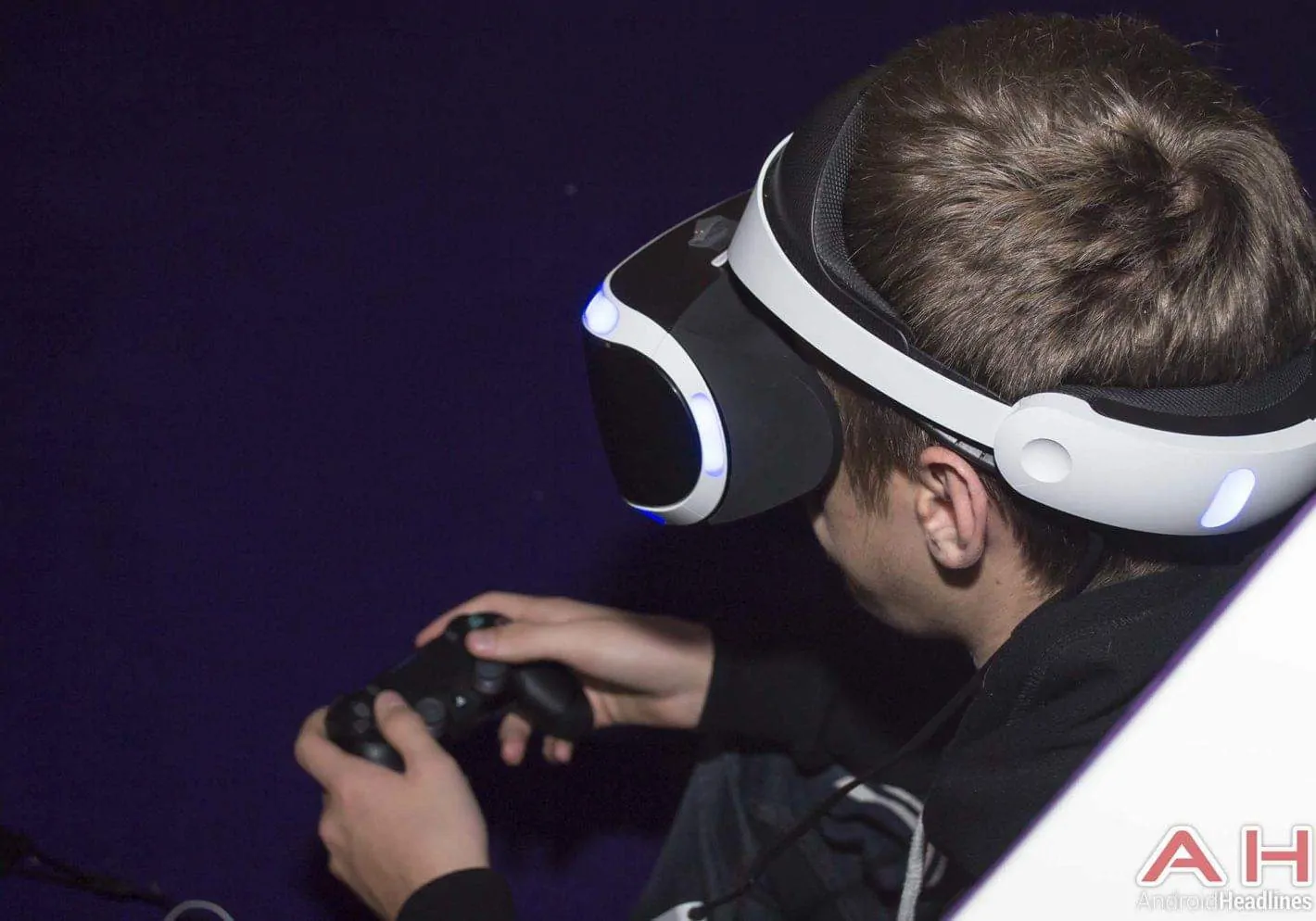In short: Sony’s gaming division was recently awarded a patent, published via the World Intellectual Property Organization, that aims to reduce the health-related ill effects associated with the use of VR headsets. To that end, the new patent describes a head-mounted display (HMD) imbued with a wealth of both biometric and health-related sensors, a microphone, eye tracking, motion sensors, and AI. Each of those will work in tandem to form a ‘baseline’ describing a normal state for the metrics gathered for the user currently wearing the HMD and to set a range of acceptable parameters for fluctuations during use. If an anomaly is found, the patent defines several responses based on what the concern might be.
Background: Sony and other OEMs have searched for solutions to the problems associated with VR since it first started work on the PlayStation VR. Publicly, discussion of Sony’s own efforts has been primarily centered around following in line with other manufacturers and the use of cameras as part of the solution. Specifically, Sony has discussed the use of cameras to provide users with a way to see the outside world while still immersing themselves in the virtual world that’s been created for them by developers. That’s a solution that other manufacturers have been exploring and implementing already, including HTC’s VIVE. However, this patent appears to indicate that Sony is looking beyond the solutions already in use by other OEMs. Instead, it appears to be looking to the latest in biometrics data gathering and analysis for ways to alert users when problems might start. Among the responses to a perceived problem, the system describes an advanced warning delivered to the user via the headset or a secondary device. It could also disable certain features in the VR experience which might be contributing to the problem or sound an alarm or notification for others if the problem is more pronounced.
Impact: Most likely, if Sony chooses to implement the newly awarded patent, it will find use in a new version of the PlayStation VR. It could also go further to include it in some other VR solutions such as a standalone platform or a headset designed expressly for its own Xperia-branded devices. In any case, the solution doesn’t seem to be intended to fix the issues themselves but to mitigate and circumvent the problems when users are spending too much time with the technology.




